[THREAD  https://abs.twimg.com/emoji/v2/... draggable="false" alt="🎃" title="Halloweenkürbis" aria-label="Emoji: Halloweenkürbis">]
https://abs.twimg.com/emoji/v2/... draggable="false" alt="🎃" title="Halloweenkürbis" aria-label="Emoji: Halloweenkürbis">]
A look at the many shapes of the & #39;bug-zombifying& #39; cordyceps fungus https://abs.twimg.com/emoji/v2/... draggable="false" alt="☠️" title="Totenkopf" aria-label="Emoji: Totenkopf">
https://abs.twimg.com/emoji/v2/... draggable="false" alt="☠️" title="Totenkopf" aria-label="Emoji: Totenkopf">
A look at the many shapes of the & #39;bug-zombifying& #39; cordyceps fungus
The cordyceps genus is mostly formed of entomopathogenic fungi (entoma > "bug" ; pathogenic > "bringing disease").
These endoparasitoids infect and kill insects and other arthropods in order to complete their life cycle.
The "endo" part means "inside", while the term "parasitoid" means that we are dealing with a more, shall we say, deadly version of a parasite.
The "endo" part means "inside", while the term "parasitoid" means that we are dealing with a more, shall we say, deadly version of a parasite.
Once inside the host, the mycelium invades and eventually replaces its tissues while preparing for the reproductive stage (yummy).
When the cordyceps is ready to move on , things get really freaky:
the fungus starts taking control over the insect& #39;s body!
the fungus starts taking control over the insect& #39;s body!
I don& #39;t know if I am anthropomorphising, but it seems that the victims do usually keep control over their own minds and are conscious of the fungal intrusion.
(The ant on this picture is a very dead one though, nothing going on in that noggin anymore.)
(The ant on this picture is a very dead one though, nothing going on in that noggin anymore.)
To illustrate what goes on next, let& #39;s take the case of ants.
The ant is driven to climb onto a high spot, such as a branch or a blade of grass. There, it clenches its mandibles around something in order to secure its body (cause you can& #39;t hold on to things after you& #39;re dead).
The ant is driven to climb onto a high spot, such as a branch or a blade of grass. There, it clenches its mandibles around something in order to secure its body (cause you can& #39;t hold on to things after you& #39;re dead).
There, the insect will meet its demise in what must be a rather painful death (though some studies suggest that it is killed on the spot thanks to a toxin released by the fungus).
Deprived of self control - and possibly still alive - the bug is slowly eaten from the inside by the fungus before its unwelcome guest enters its last stage.
The fungus& #39;s elongated fruit body, called an ascocarp, slowly pierces through the exoskeleton of its victim, erect like a lighthouse in the night.
Note that each species of cordyceps has its own particular target, infecting a specific type - and often, a specific species - of insect, which explains why this dead spider won& #39;t look like this other dead tarantula.
Contrary to a lighthouse though, the ascocarp is not here to guide lost souls. Rather, it produces a cloud of ascospores: the very same spores we have met at the beginning of our story.
Thus the cycle begins again.
Thus the cycle begins again.
There are approximately 400 species of cordyceps in the world, a lot of which can be found in Asia and in the Amazon basin. They thrive in humid temperate and tropical forests.
I am simply amazed by the sheer beauty and diversity of the morbid sculptures they create and thought there was no better occasion than the week of Hallows Eve to talk about this zombifying, deadly fungus.
Thanks for reading this thread!
Have a great spooky week, and stay curious! https://abs.twimg.com/emoji/v2/... draggable="false" alt="🎃" title="Halloweenkürbis" aria-label="Emoji: Halloweenkürbis">
https://abs.twimg.com/emoji/v2/... draggable="false" alt="🎃" title="Halloweenkürbis" aria-label="Emoji: Halloweenkürbis"> https://abs.twimg.com/emoji/v2/... draggable="false" alt="🕯️" title="Kerze" aria-label="Emoji: Kerze">
https://abs.twimg.com/emoji/v2/... draggable="false" alt="🕯️" title="Kerze" aria-label="Emoji: Kerze"> https://abs.twimg.com/emoji/v2/... draggable="false" alt="📕" title="Geschlossenes Buch" aria-label="Emoji: Geschlossenes Buch">
https://abs.twimg.com/emoji/v2/... draggable="false" alt="📕" title="Geschlossenes Buch" aria-label="Emoji: Geschlossenes Buch">
Have a great spooky week, and stay curious!
Check out these guys& #39; page for some more pictures  https://abs.twimg.com/emoji/v2/... draggable="false" alt="📷" title="Kamera" aria-label="Emoji: Kamera"> https://twitter.com/Bird_Noppol/status/1321809136829440003">https://twitter.com/Bird_Nopp...
https://abs.twimg.com/emoji/v2/... draggable="false" alt="📷" title="Kamera" aria-label="Emoji: Kamera"> https://twitter.com/Bird_Noppol/status/1321809136829440003">https://twitter.com/Bird_Nopp...

 Read on Twitter
Read on Twitter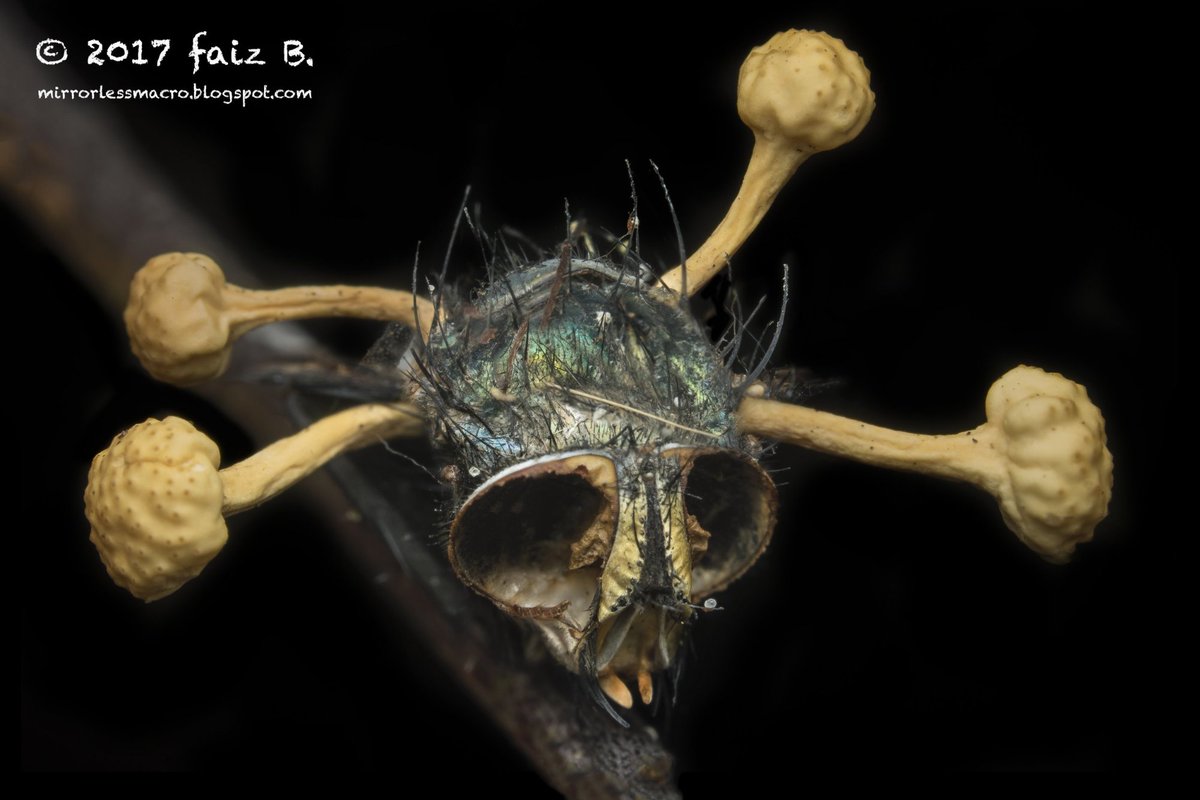 ]A look at the many shapes of the & #39;bug-zombifying& #39; cordyceps fungus https://abs.twimg.com/emoji/v2/... draggable="false" alt="☠️" title="Totenkopf" aria-label="Emoji: Totenkopf">" title="[THREAD https://abs.twimg.com/emoji/v2/... draggable="false" alt="🎃" title="Halloweenkürbis" aria-label="Emoji: Halloweenkürbis">]A look at the many shapes of the & #39;bug-zombifying& #39; cordyceps fungus https://abs.twimg.com/emoji/v2/... draggable="false" alt="☠️" title="Totenkopf" aria-label="Emoji: Totenkopf">" class="img-responsive" style="max-width:100%;"/>
]A look at the many shapes of the & #39;bug-zombifying& #39; cordyceps fungus https://abs.twimg.com/emoji/v2/... draggable="false" alt="☠️" title="Totenkopf" aria-label="Emoji: Totenkopf">" title="[THREAD https://abs.twimg.com/emoji/v2/... draggable="false" alt="🎃" title="Halloweenkürbis" aria-label="Emoji: Halloweenkürbis">]A look at the many shapes of the & #39;bug-zombifying& #39; cordyceps fungus https://abs.twimg.com/emoji/v2/... draggable="false" alt="☠️" title="Totenkopf" aria-label="Emoji: Totenkopf">" class="img-responsive" style="max-width:100%;"/>
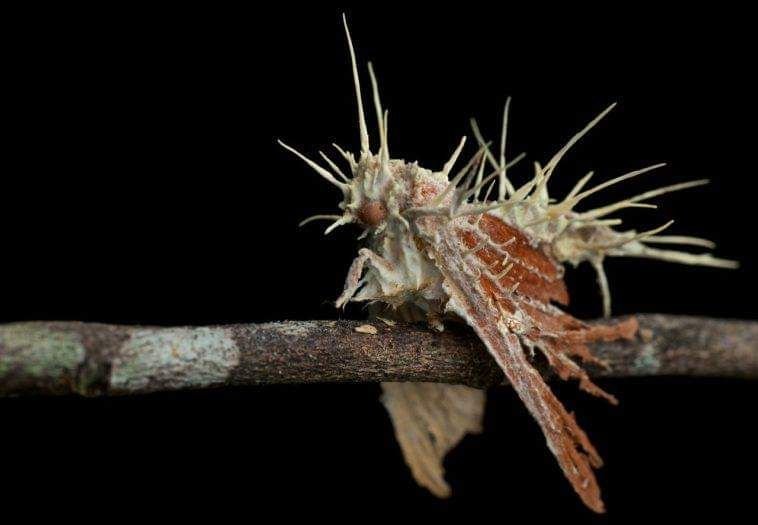
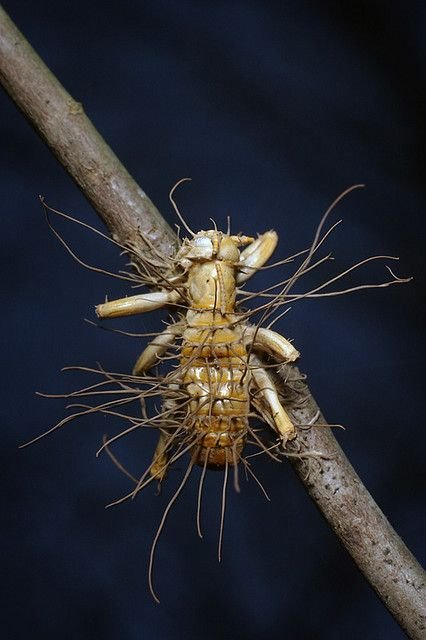
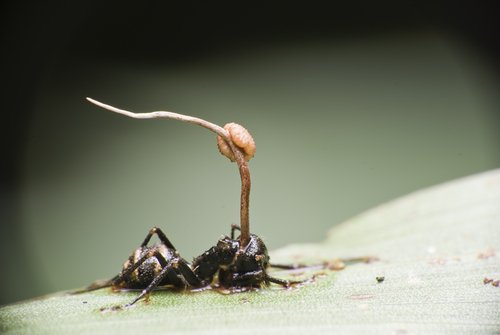
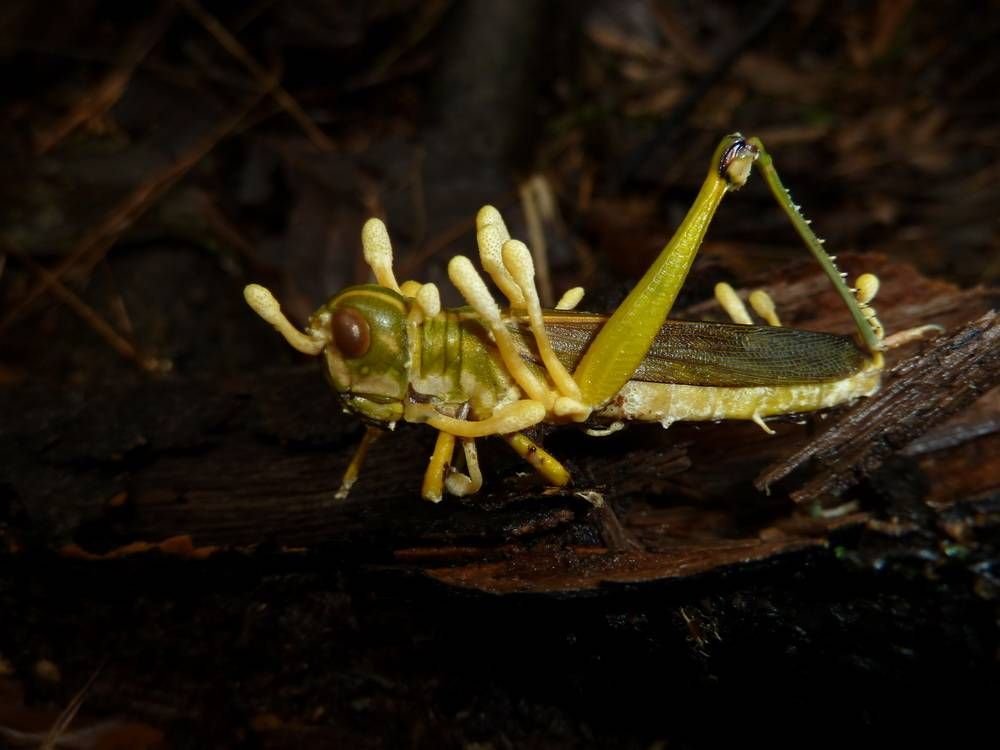
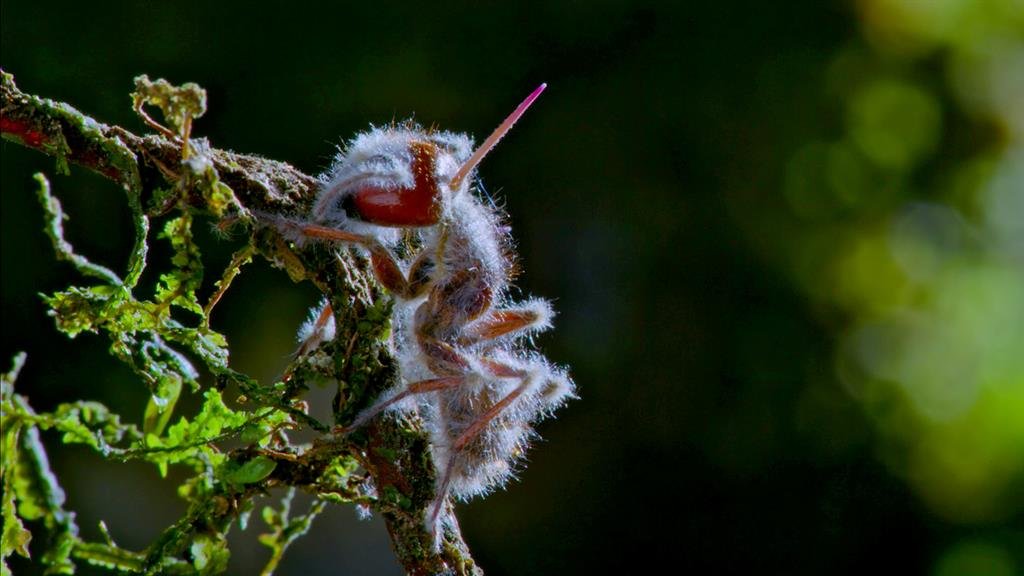
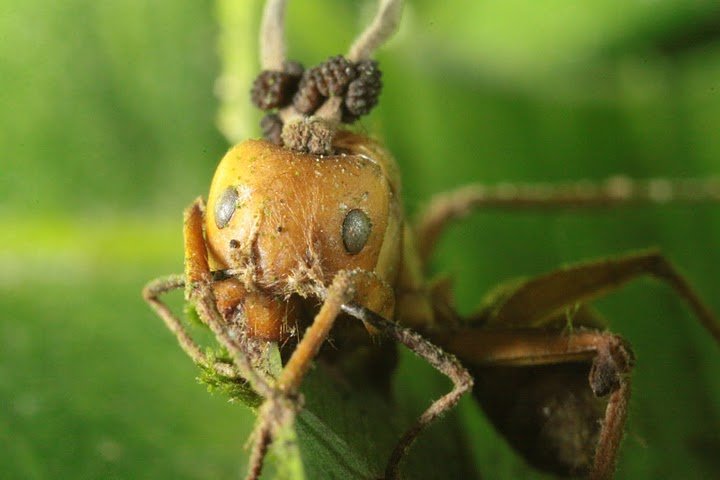
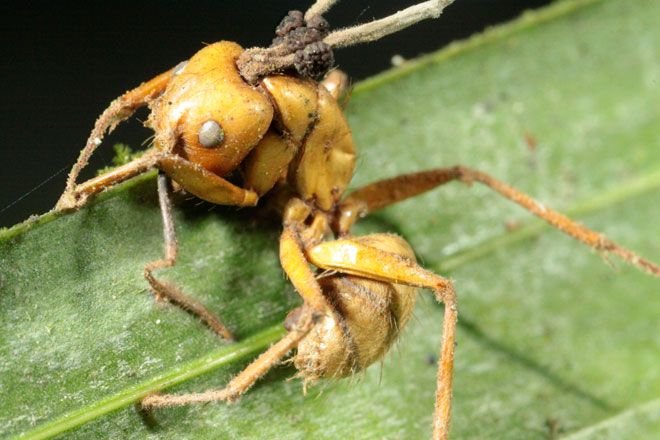
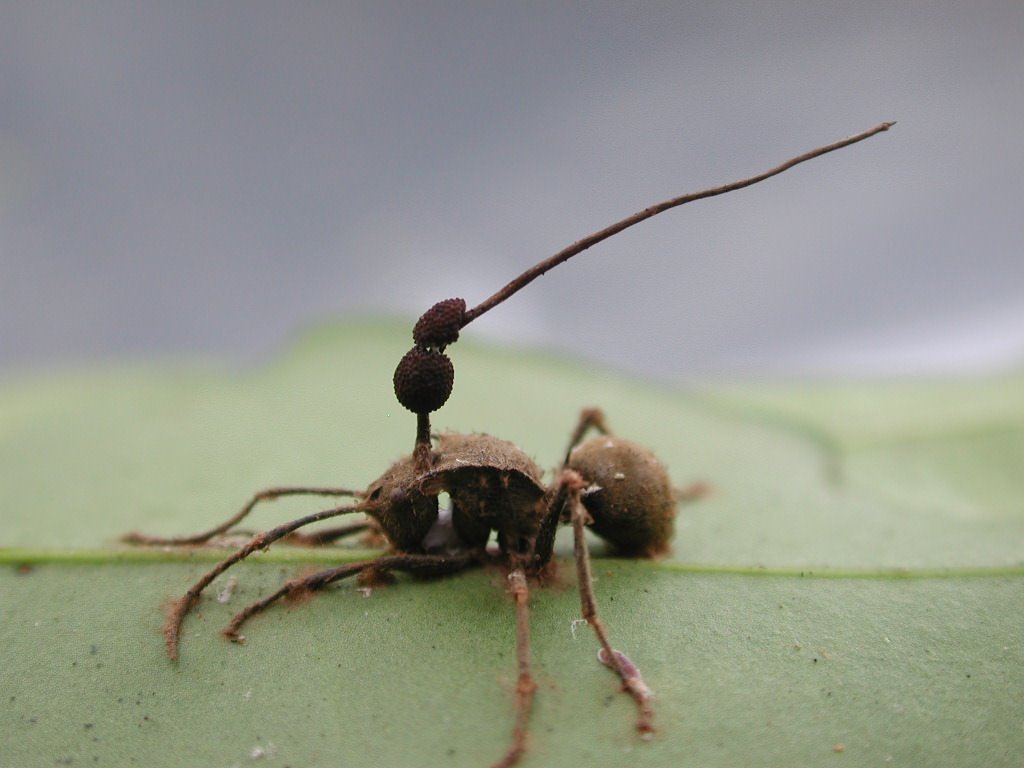
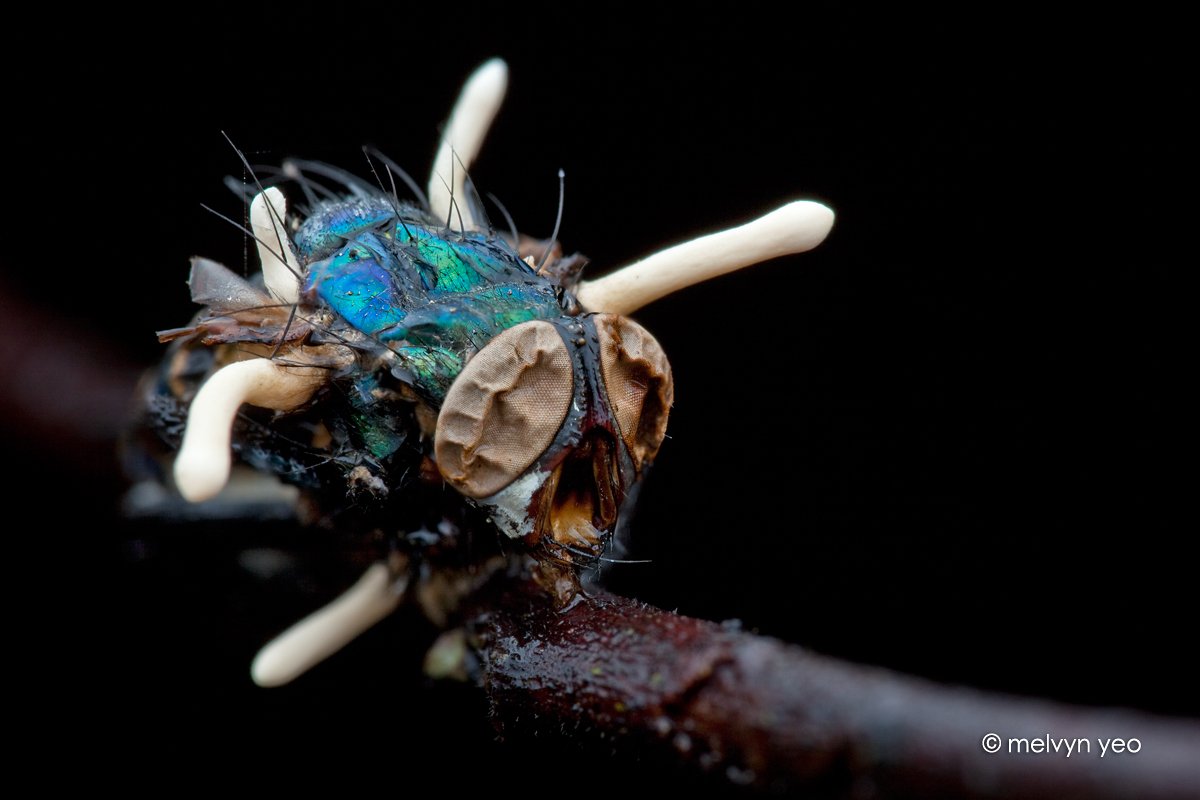

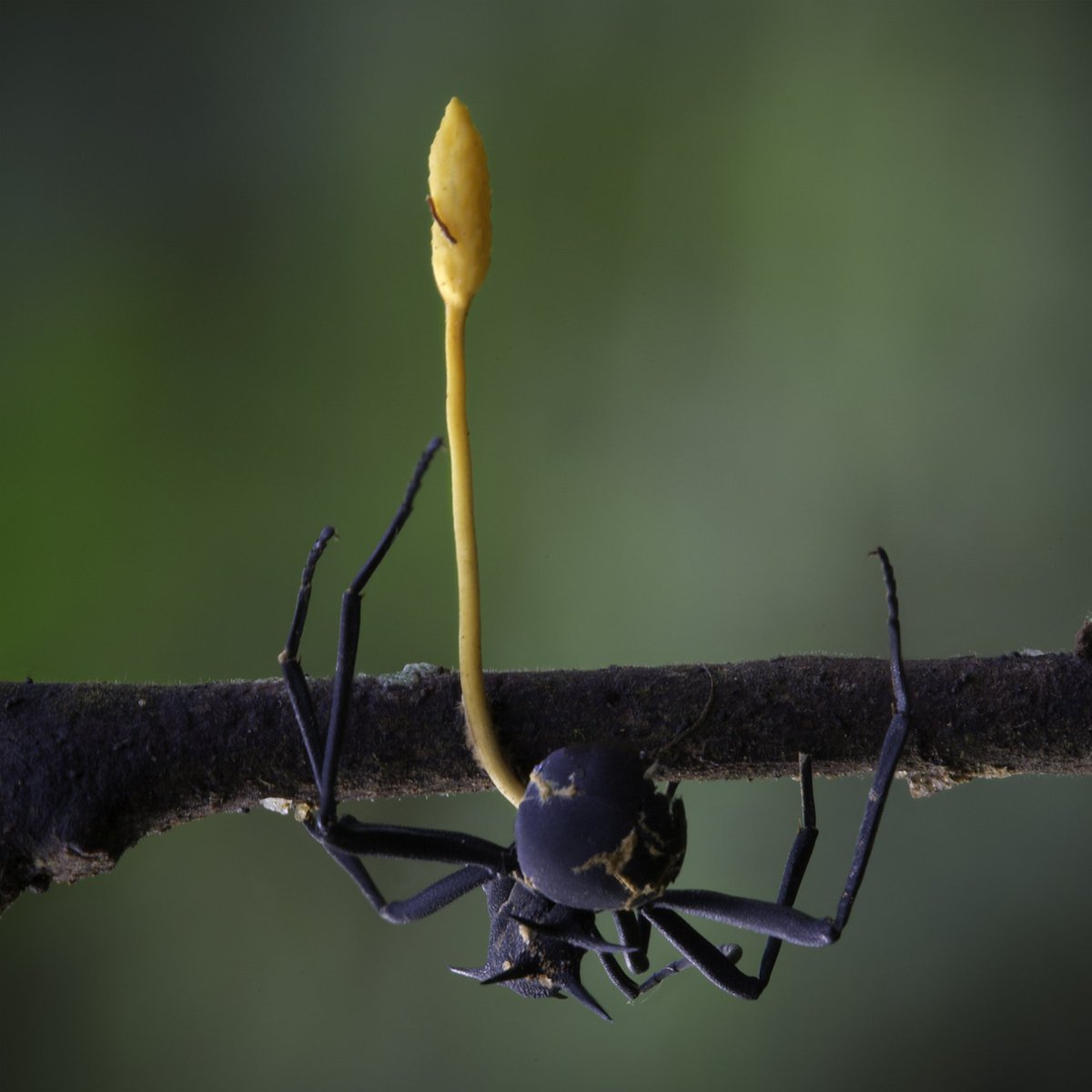
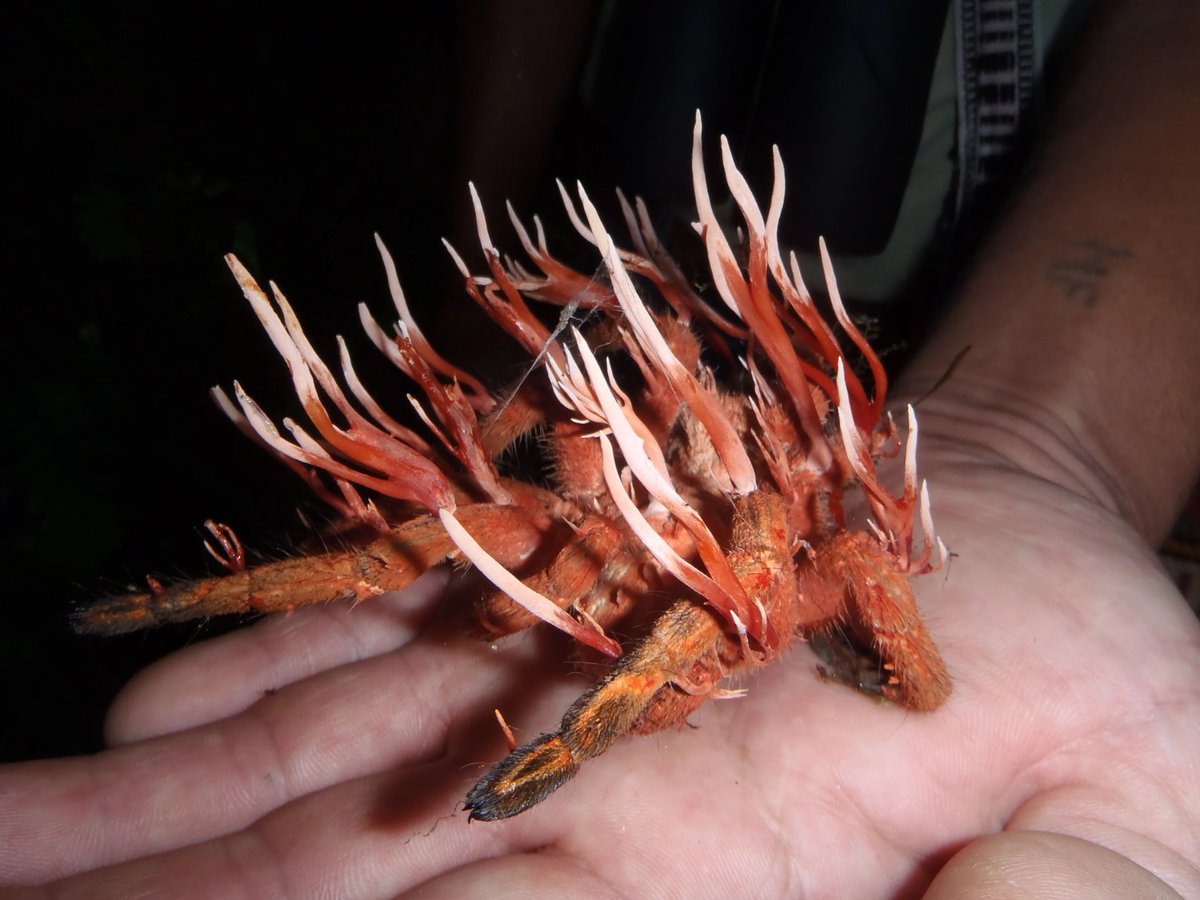
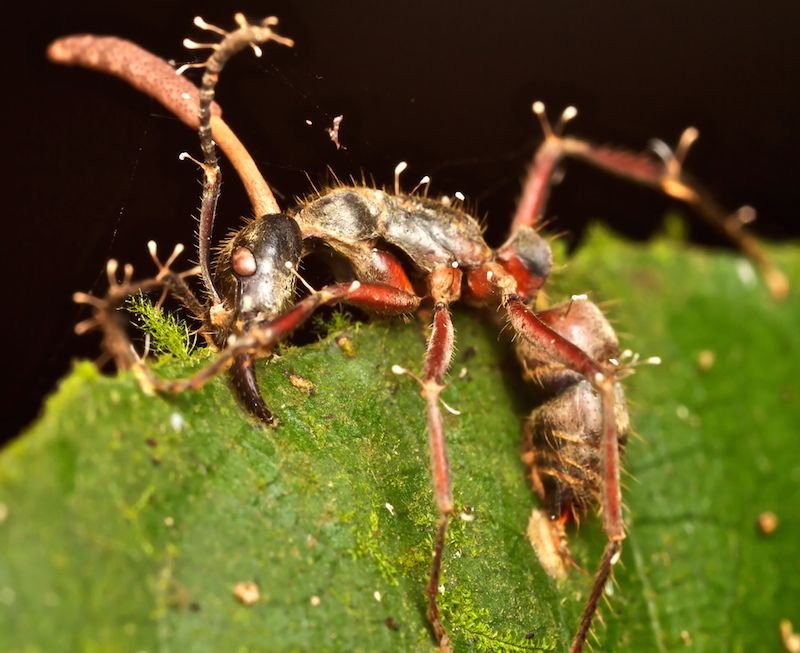
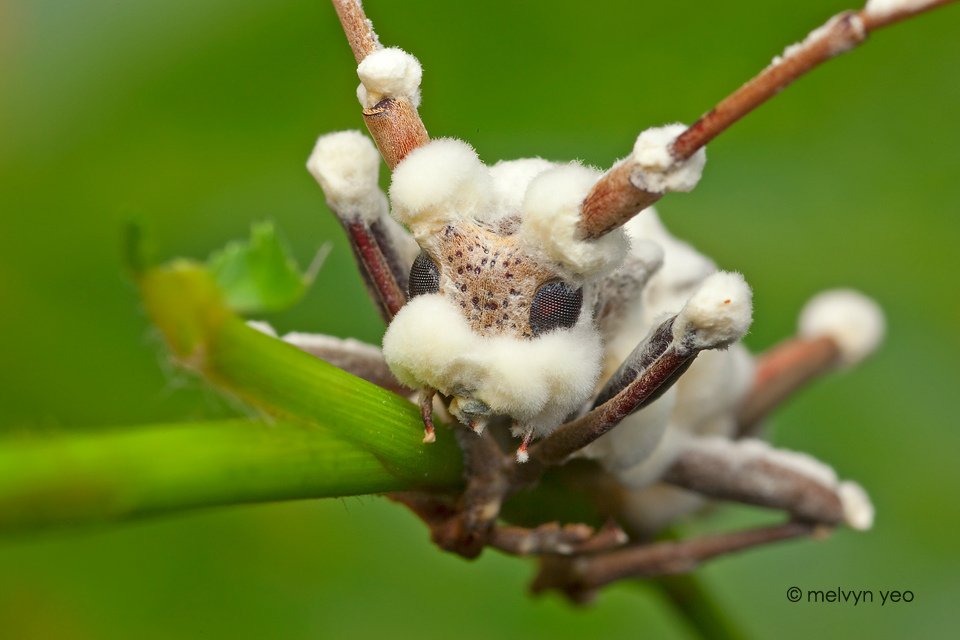
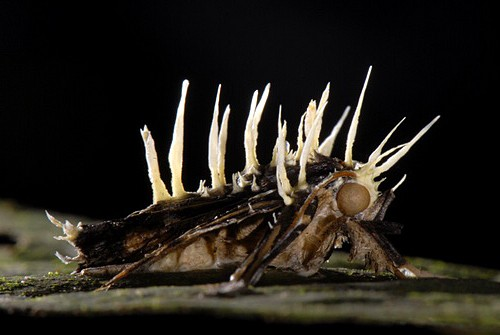
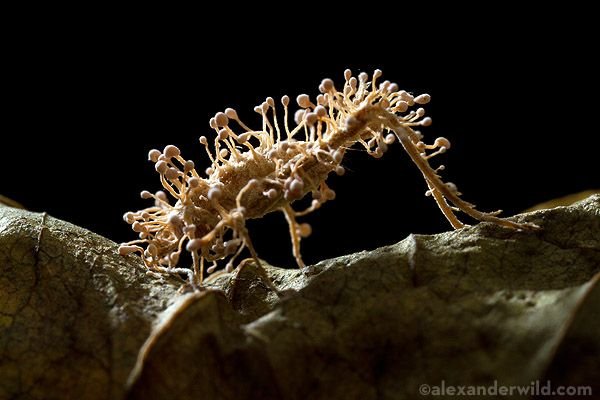 https://abs.twimg.com/emoji/v2/... draggable="false" alt="🕯️" title="Kerze" aria-label="Emoji: Kerze">https://abs.twimg.com/emoji/v2/... draggable="false" alt="📕" title="Geschlossenes Buch" aria-label="Emoji: Geschlossenes Buch">" title="Thanks for reading this thread!Have a great spooky week, and stay curious! https://abs.twimg.com/emoji/v2/... draggable="false" alt="🎃" title="Halloweenkürbis" aria-label="Emoji: Halloweenkürbis">https://abs.twimg.com/emoji/v2/... draggable="false" alt="🕯️" title="Kerze" aria-label="Emoji: Kerze">https://abs.twimg.com/emoji/v2/... draggable="false" alt="📕" title="Geschlossenes Buch" aria-label="Emoji: Geschlossenes Buch">" class="img-responsive" style="max-width:100%;"/>
https://abs.twimg.com/emoji/v2/... draggable="false" alt="🕯️" title="Kerze" aria-label="Emoji: Kerze">https://abs.twimg.com/emoji/v2/... draggable="false" alt="📕" title="Geschlossenes Buch" aria-label="Emoji: Geschlossenes Buch">" title="Thanks for reading this thread!Have a great spooky week, and stay curious! https://abs.twimg.com/emoji/v2/... draggable="false" alt="🎃" title="Halloweenkürbis" aria-label="Emoji: Halloweenkürbis">https://abs.twimg.com/emoji/v2/... draggable="false" alt="🕯️" title="Kerze" aria-label="Emoji: Kerze">https://abs.twimg.com/emoji/v2/... draggable="false" alt="📕" title="Geschlossenes Buch" aria-label="Emoji: Geschlossenes Buch">" class="img-responsive" style="max-width:100%;"/>


